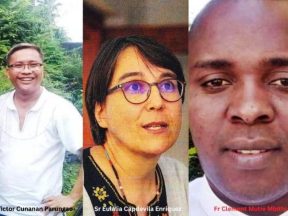A crucible of peoples.
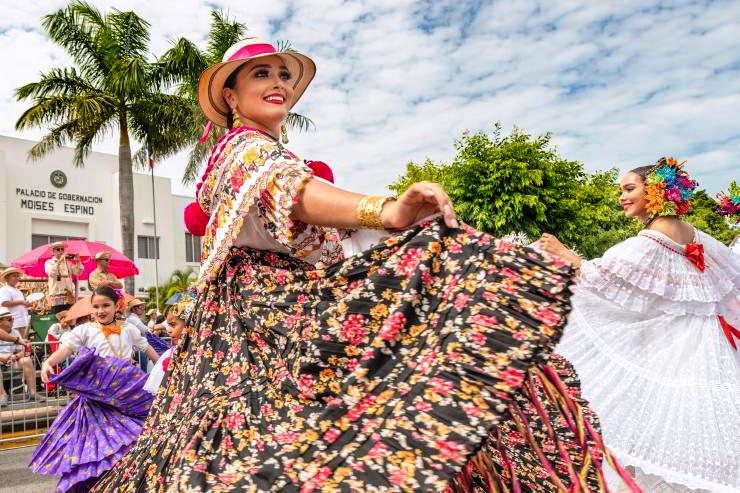
Its geographical location, historical processes and economic and commercial developments have made Panama a true melting pot of cultures, in which the mestizo constitute over half of the population, while the Afro-descendants amount to around a fifth.
The latter arrived there to work on the sugar plantations and were subsequently also employed on the construction sites of the interoceanic railway and those of the canal and their rooting was such as to characterize Panamanian culture.
In the country there is also a large percentage of indigenous populations, divided into 7 different cultural groups, which make up approximately 12% of the population, who mainly dedicate themselves to agriculture and crafts and live in the “indigenous districts”:
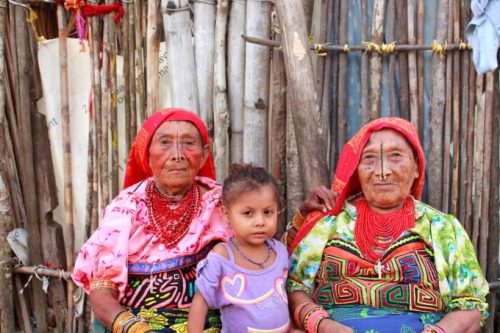
kuna Indian women with a little girl .123rf
Emberà-Wounaan (Union Choco), Kuna Yala (El Porvenir), Ngöbe-Buglé (Chichica), to which are added the two sub-provincial indigenous autonomous areas of the comarcas of Kuna Yala, Kuna de Madugandí (Akua Yala) and Kuna de Wargandí (Nurra ).
These territories, where indigenous languages are spoken, have special jurisdiction and their own institutions.
Communities of recent immigrants have also taken root in Panama, arriving from all over the world and in particular from Colombia, the Dominican Republic, Venezuela, Nicaragua and China. This presence is reflected in the diversity of languages and in the multiple religious groups present in the country, even if Spanish is the official language and Catholicism the most practiced religion, followed by Protestantism.
The population is concentrated above all in the capital Panama City which has around three million inhabitants, including those who live in urban areas, which constitutes the only metropolis in the country. In the immediate vicinity of the city there are towns with between 100 and 200 thousand inhabitants and among these are La Chorrera, which has 206,000 inhabitants, Colón 159,000 inhabitants and Vista Alegre 129,000 inhabitants, while David, with its 104,000 inhabitants is located in the western area of the country.
Among these, the city of Colón is the most important because it hosts an important free trade zone, established in 1948, and widely used by the United States as a gateway to Latin America for its companies.
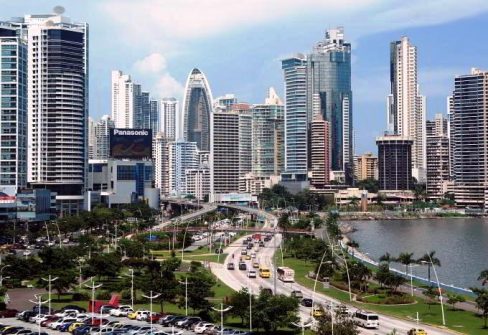
Panama City has around three million inhabitants. CC BY-SA 3.0/ Mariordo
At the social level, the plague of inequalities is very strong and remains one of the country’s main problems as it creates a clear divide between urban and rural areas, making indigenous communities and almost all citizens who live in rural areas increasingly vulnerable and destitute. To this we must also add the problem of infant malnutrition, which affects approximately 19% of Indian children under five years of age, a percentage which in some regions reaches peaks of 30% and 55% including that of Ngäbe Buglé and Guna Yala. The great inequality that characterizes the country can also be seen from an architectural point of view which produces a considerable visual impact that clearly highlights the great difference between the skyscrapers on the coast and the disadvantaged metropolitan areas.
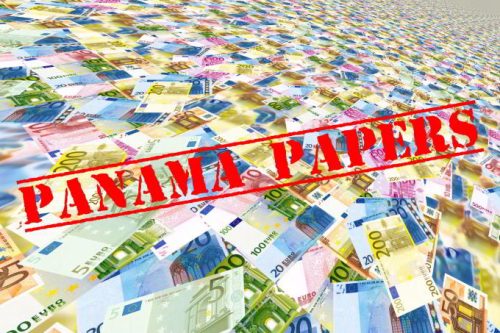
Panama came to the attention of world news due to the explosion of one of the most sensational tax scandals following the publication of the so-called Panama Papers. 123rf
Furthermore, the country is gripped by problems not dissimilar to those that characterize other Latin American countries, among which corruption stands out. Panama, in particular, is considered the largest “tax haven” on a global scale, included in the EU black list reserved for those who have not only adopted favourable tax regimes with very low taxes, but who have not joined the tax data exchange system with other states. In 2016, in particular, the Republic of Panama came to the attention of world news due to the explosion of one of the most sensational tax scandals following the publication of the so-called Panama Papers in the German newspaper Süddeutsche Zeitung. This is an enormous amount of encrypted documents, equal to 11.5 million files, owned by the Mossack Fonseca law firm, containing information on Mossack Fonseca’s work and on the companies in tax havens that it manages, thus revealing the tax secrets of numerous wealthy people, including politicians from around the world, heads of state and a member of the FIFA ethics commission.
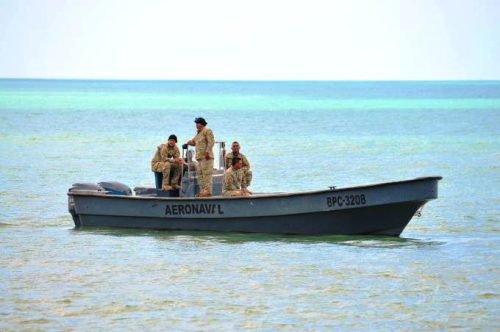
Members of the Naval Service of Panama patrolling the coast. Panama is also a transit territory for drugs which flow from the South towards the United States and the rest of the Western countries. Shutterstock/ Gualberto Becerra
This scandal deeply affected the country’s international image and has pushed successive governments over the years to launch legal reforms and establish prison sentences for tax evasion crimes, even if only for amounts exceeding 300 thousand dollars. These reforms allowed the country to exit, in 2023, from the “grey list” of the Financial Action Task Force (FATF), but not from that of the European Union.
However, after much media hype, the Panama Papers case ended, after about 8 years of trial, with the Panamanian court’s acquittal due to insufficient evidence for the 28 defendants for whom the prosecutor’s office had requested severe sentences.
Panama, like the other Central American countries, is also a transit territory for drugs which flow from the South towards the United States and the rest of the Western countries, despite the intensification of the fight against drug smuggling, under agreements with the United States government. Despite the intensification of controls, the results obtained were quite modest also due to the large coastal area on which to land the cargo and from which to start the overland transport. Furthermore, as demonstrated by the numerous seizures, the Gulf of Urabà also constitutes the access area for a large part of the chemical precursors for the refining of cocaine, while the consumption of crack has become widespread among the local population. The country is under the strong influence of Colombian crime, in addition to the presence on its territory of the Calabrian Ndrangheta, and the numerous murders and criminal episodes that have occurred in recent years are also linked to drug trafficking. (Open Photo: Young Ladies dancing at 1000 Polleras Parade, known as the ‘Desfile De Las Mill Polleras’ in Las Tablas, Panama. Shutterstock/Marek Poplawski)
(F.R.)



